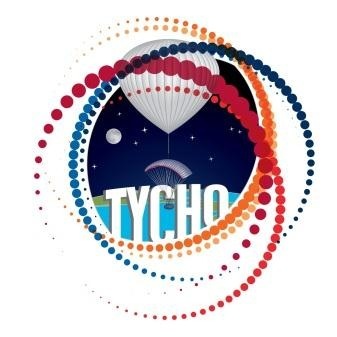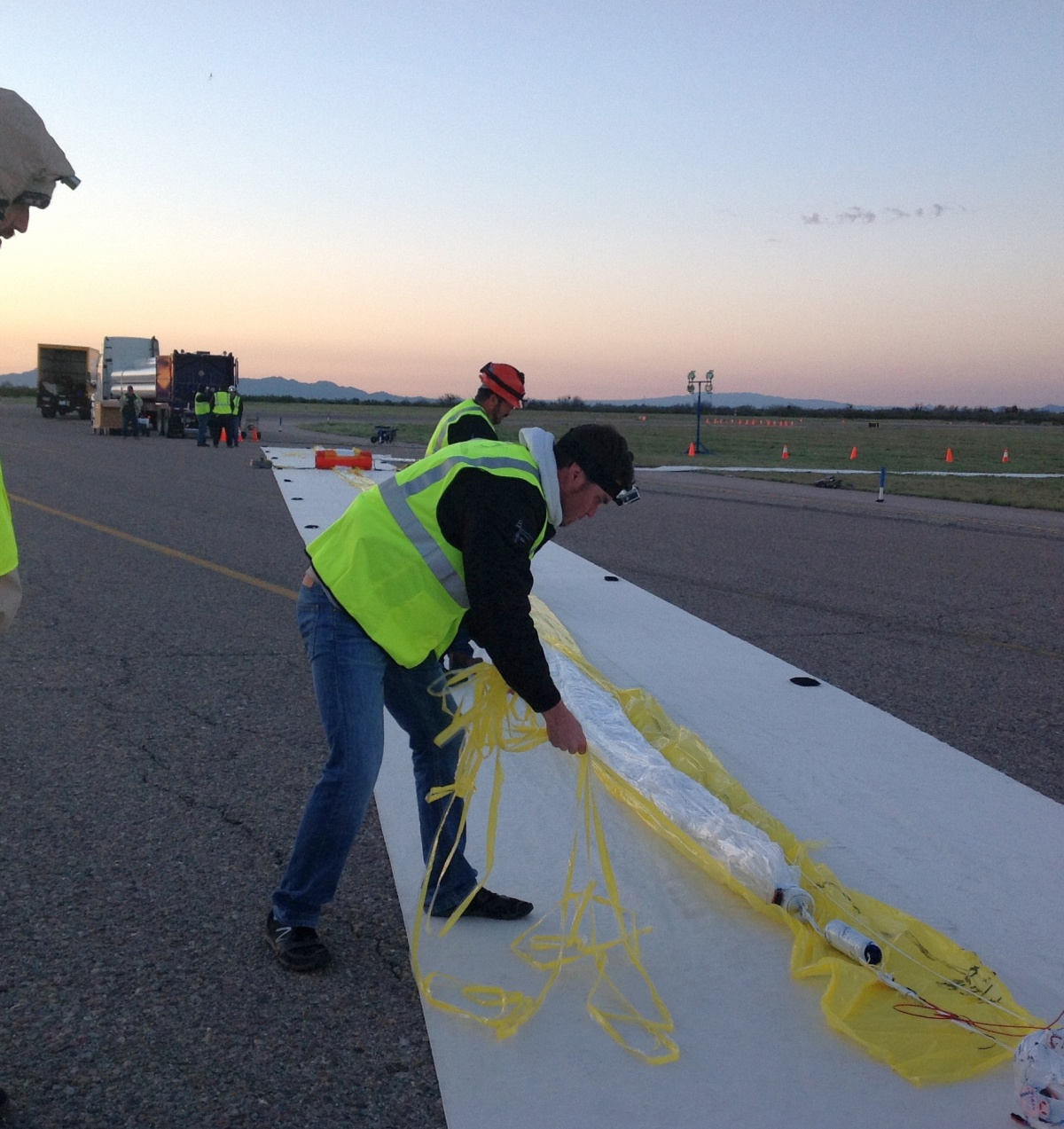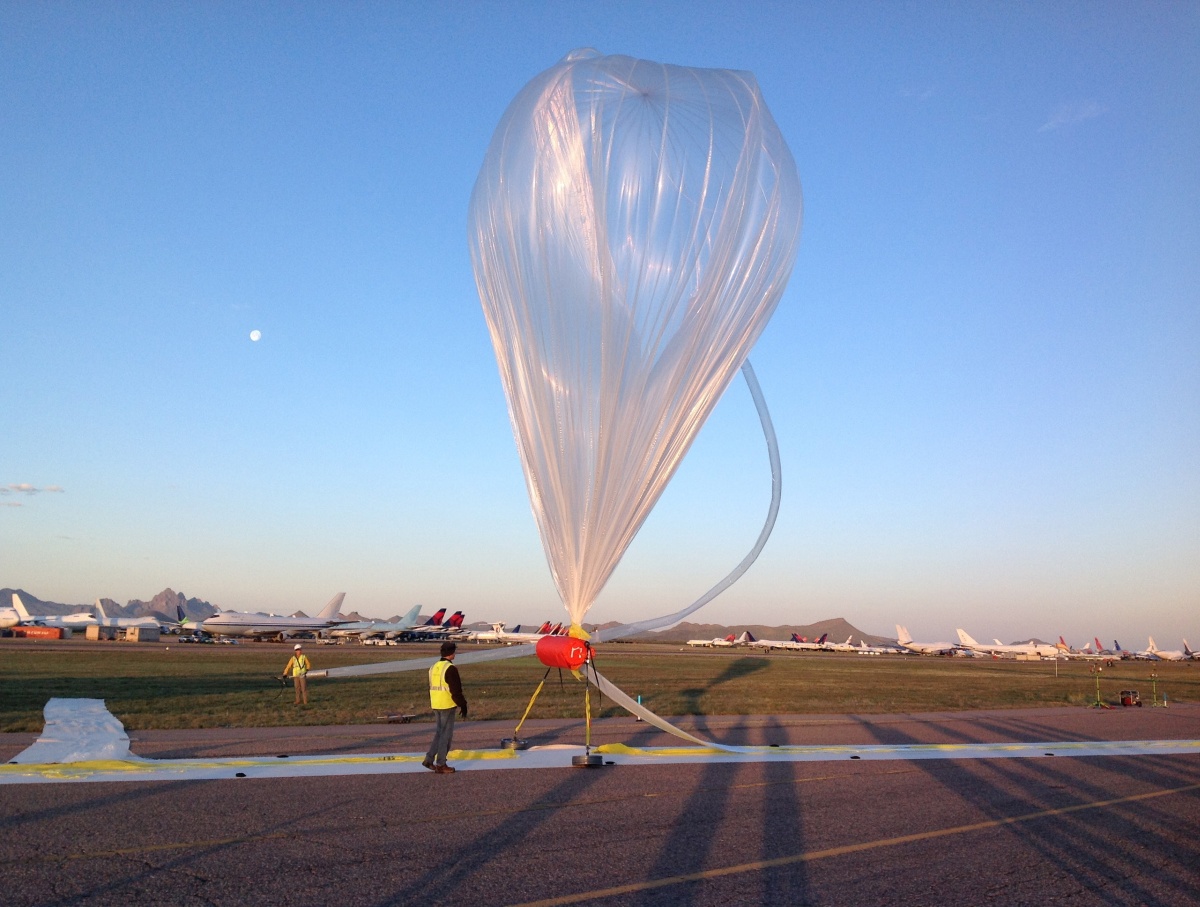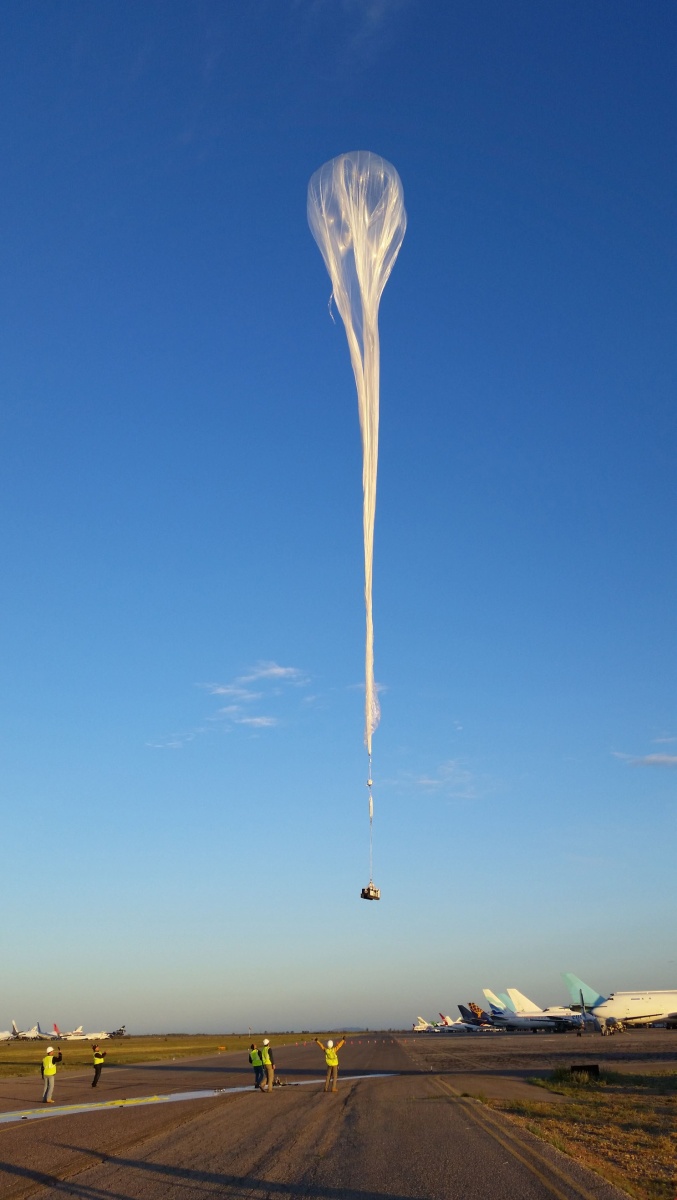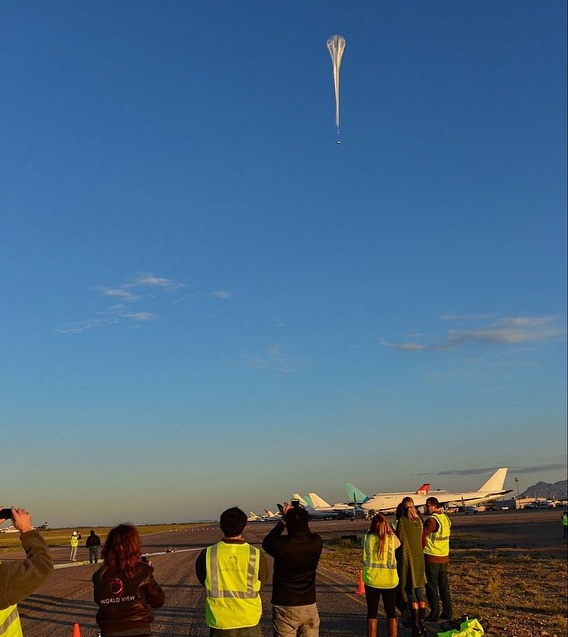Purpose of the flight and payload description
The TYCHO STRATOCRAFT is a specially built modular platform developed by World View capable of being customized for a wide variety of unique mission needs and payloads including its own subsystems for telemetry, payload control, power and thermal control. It is named after the Danish astronomer Tycho Brahe (1546-1601). As Brahe was the source of data used by others to make powerful discoveries, Tycho stratocraft is aimed to provide researchers with stratospheric access to make new discoveries.
There are three standard versions of the Tycho platforms for specific payload mass ranges: Tycho800, Tycho285 and Tycho20, where the number denotes the number of kilos that each of them can lift as payload. The systems that composed the TYCHO platform share heritage with those used by StratEx for the record setting manned balloon flights performed in October 2014.
TYCHO20 CHARACTERISTICS
Tycho20 is a stratocraft configuration for small, high altitude payloads that could be safely launched with minimal crew and infrastructure. It could fly payloads up to 20 kg to altitudes up to 46 km using a simple Payload Support Frame (PSF) which is used to integrate the payload, avionics, and aerodynamic descent system (ADS) into a single package. This simple and lightweight frame is made of 80/20 one inch extruded aluminum bar to which the payload is secured via a hook or by employing a T-slot system. Often times, an interface plate is provided to simplify the mechanical interfaces and ensure quick, reliable integration of the payload to the stratocraft PSF. Payloads within the 20 kg mass, but that do not fit within the Tycho20 PSF can still be flown using a Payload Release Interface (PRI). A single or combination of payloads of 20kg can be accommodated in the standard PSF with dimensions not exceeding a length of 75cm, width of 75cm and height of 25cm. A total hook on volume of up to 10 cubic meters can be accommodated as standard if the payload is configured to be a direct connect configuration attached to the PRI for a total payload mass upto 45 kg.
The Tycho20 avionics is a repackaged version of that used in Tycho285 -the larger version of the platform- where only required hardware is included to keep weight to a minimum: a flight computer, a flight transponder, video cameras, ground and satellite-based data communication, GPS and flight batteries. The standard Tycho20 is capable of up to 11 hours of flight time.
The platform counts with an UART serial interface to payload provider's telemetry and command functions and can be outfitted with GoPro cameras to record flight video. Power is obtained from batteries which provide voltages of 3.3, 5, 15 or 24 VDC and up to 20 amperes. The stratocraft uses a 902-928 MHz, frequency hopping, 1 watt output power, spread spectrum modem to communicate telemetry and commands at up to 1200 bps up to a distance of 160 miles. This system is used also for information and data to and from the platform during the flight.
SCIENTIFIC EXPERIMENTS ONBOARD
On this flight TYCHO hosted the following payloads:
An instrument developed by the University of Central Florida called PAMSS (Planetary Atmosphere Minor Species Sensor). It is an ultra-trace gas sensor based on infrared intracavity laser absorption spectroscopy. It uses an infrared quantum cascade laser (QCL) that samples locally while achieving effective optical path lengths of hundreds of kilometers for detection of ultra-trace species at parts per trillion levels. PAMSS may be tailored for sensing any molecule that has an infrared absorption band.
The second payload was an experiment developed by students from Gannon University in Erie, Pennsylvania. It consisted of a Cosmic Ray Calorimeter built to detect cosmic rays. These are high-energy particles of astrophysical origin, with energy ranges between 1 and 100 GeV.
Details of the balloon flight
Balloon launched on: 3/8/2015
Launch site: Pinal Airpark, Marana, Arizona, US
Balloon launched by: World View Enterprises
Balloon manufacturer/size/composition: Zero Pressure Balloon 330.000 cuft
Flight identification number: T20-01
End of flight (L for landing time, W for last contact, otherwise termination time): 3/8/2015
Balloon flight duration (F: time at float only, otherwise total flight time in d:days / h:hours or m:minutes - ): 4 h
External references
- World View website
- 2015 Annual Report for the Flight Opportunities Program
- Gannon University Team Receives National Recognition
- Gannon University's Cosmic-Ray Calorimeter NASA - Flight Opportunities program website
- Planetary Atmospheres Minor Species Sensor (PAMSS) Proc. SPIE 9113, Sensors for Extreme Harsh Environments, 91130N
- Planetary atmospheres minor species sensor balloon flight test to near space Proc. SPIE 9491, Sensors for Extreme Harsh Environments II, 94910G
- World View Balloon Lofts NASA Experiments to Near-Space Heights NBC News
12892If you consider this website interesting or useful, you can help me to keep it up and running with a small donation to cover the operational costs. Just the equivalent of the price of a cup of coffee helps a lot.

